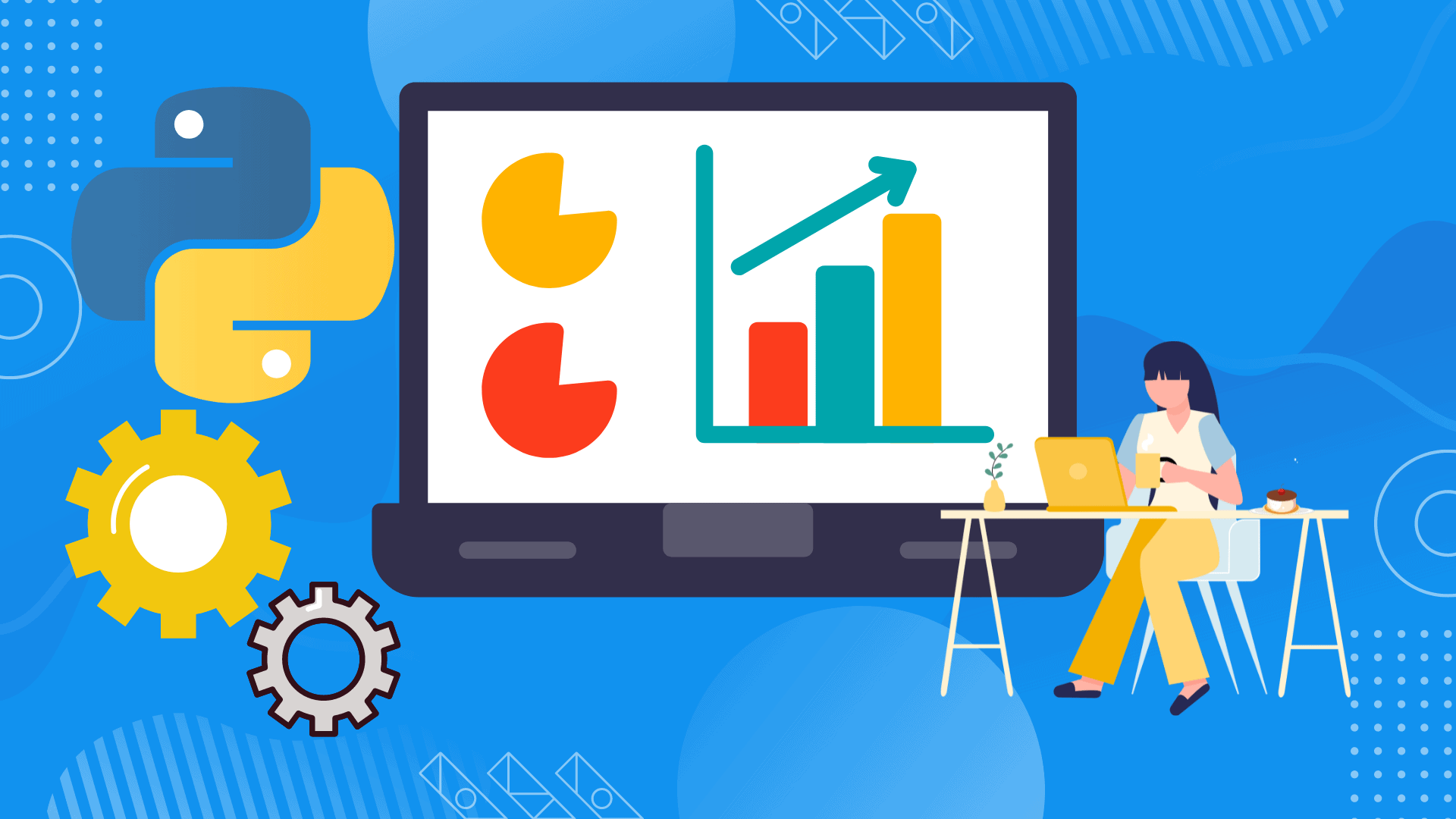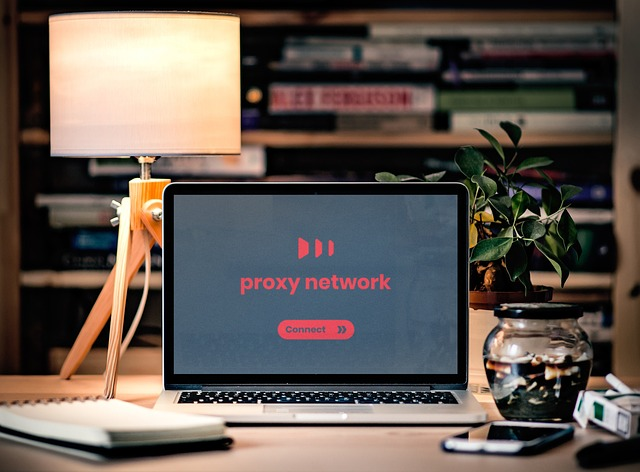
Have you ever wondered how to extract valuable information from websites quickly and efficiently? Data scraping with Python, the process of extracting data from websites, has become indispensable in various industries. And when it comes to web scraping, Python has emerged as a popular language. But with numerous tools available, which one should you choose in 2023 for data scraping Python?
In this blog, we will explore the world of data scraping with Python and delve into the best tools available. We will begin by understanding the fundamentals of data scraping and its applications across different domains. Additionally, we’ll discuss the legal and ethical considerations surrounding web scraping. Hence, ensuring you stay on the right side of the law.
We’ll examine why Python continues dominating the web scraping landscape. Next, we’ll dive into the key factors to consider when selecting the best web scraping tool. But which tools should you prioritize in 2023? We’ll introduce you to a comprehensive list of top web scraping tools. By the end of this blog, you’ll have a solid understanding of data scraping with Python and the best tools available in 2023.
So, let’s embark on this exciting journey and discover the optimal tool to unlock the potential of web scraping.
What Is Data Scraping Python?
Introduction:
Data scraping, or web scraping is the process of extracting structured data from websites. Data scraping has become an invaluable technique in the digital age, where an enormous amount of data is available online. Python, with its rich ecosystem of libraries and frameworks, has emerged as a dominant language for web scraping tasks. Let’s explore what data scraping with Python entails and why it has gained widespread popularity.
Benefits of Python Web Scraping
- Python’s clean and intuitive syntax makes it easy for developers to write and understand web scraping code, even for those new to programming.
- Python offers a plethora of libraries and frameworks like BeautifulSoup, Scrapy, and Selenium, specifically designed for web scraping.
- It allows flexibility in handling various data formats, such as HTML, XML, JSON, and databases.
- Python’s automation capabilities enable large amounts of data to be scraped quickly and efficiently. It can navigate web pages, interact with forms, and easily perform repetitive tasks.
Applications of Web Scraping
- Web scraping enables businesses to gather competitive intelligence, monitor prices, analyze customer reviews, and track market trends.
- Scraping contact details, company information, and social media profiles from websites aids in lead generation.
- Web scraping assists in collecting and aggregating news articles, blog posts, product information, and other content from multiple sources.
- Scraping financial data, stock prices, and market statistics from websites helps in financial modeling, investment research, and risk analysis.
Legal and Ethical Considerations for Web Scraping
While data scraping offers immense benefits, navigating this practice’s legal and ethical considerations is crucial. Some important considerations include:
- Websites often have terms of service that explicitly state whether scraping is permitted. It is essential to review and respect these terms.
- Scraping copyrighted or protected data without permission is illegal. Ensure that you scrape only publicly available data or seek appropriate authorization.
- Respect user privacy and avoid scraping personally identifiable information (PII) without consent. Adhere to data protection regulations such as GDPR.
- Websites may implement measures to prevent scraping, such as rate limiting or CAPTCHA. Respecting these measures ensures fair and ethical scraping practices.
What Are the Key Factors in Choosing the Best Web Scraping Tool?
When selecting the best web scraping tool, several key factors should be considered:
1. Ease of Use
The tool should have a user-friendly interface and clear documentation, catering to beginners and experienced users.
2. Functionality and Flexibility
Assess the tool’s capabilities in handling different data sources, supporting dynamic websites, and compatibility with various data formats.
3. Performance and Efficiency
Compare different tools’ speed, memory usage, and CPU utilization, especially when dealing with large-scale scraping tasks.
4. Maintenance and Updates
Consider the tool’s development activity, community support, and the frequency of updates and bug fixes to ensure long-term usability.
What Are the Top Web Scraping Tools in 2023?
Here are some of the most popular web scraping project tools you must use in 2023.
Zenscrape – The Best Overall Tool
You can experience the potential of vast data utilization effortlessly using Zenscrape’s web scraping API. Hence, eliminating the inconvenience of being obstructed. Moreover, you may seamlessly acquire the necessary data to propel your business forward. At the same time, it helps us in ensuring superior HTML extraction. Here are some features at Zenscrape.
- Full representation of user-visible content
- Advanced Javascript rendering
- Free subscription option
- The transparent and equitable pricing structure
- It delivers responses at lightning-fast speeds, with response times as low as 50 milliseconds.
- Irrespective of the number of requests you make, this API maintains exceptional performance without any slowdowns.
ZenRows
ZenRows API, a Python-based web scraping library, offers solutions to prevalent scraping challenges like anti-bots and CAPTCHAs. It provides a range of features, including rotating and premium proxies, a headless browser, geo-targeting, antibot capabilities, and more.
ZenRows boasts a user-friendly interface, making it effortless to navigate. It excels at evading CAPTCHAs and antibots, enabling efficient scraping of JavaScript-rendered pages. Additionally, it seamlessly integrates with other libraries for enhanced functionality.
DataStreamer
The optimal solution for scraping extensive public data from social media platforms is a data streamer. With DataStreamer’s single API, you can seamlessly integrate unstructured data, powering a data pipeline that processes an impressive volume of content and enrichments, reaching 56,000 pieces of content and 10,000 enrichments per second.
Selenium
Selenium, a well-known Python scraping library, can extract dynamic web content. It simulates dynamic website interactions like button clicks and form submissions. However, its drawback lies in its sluggish performance and inability to retrieve status codes.
LXML
The updated library replaces the request library and resolves its limitation in parsing HTML by incorporating the efficient LXML library. LXML enables the swift extraction of extensive data without compromising performance. Combining both libraries proves to be the optimal approach for extracting data from HTML.
Scrapy
Scrapy is a Python-based open-source framework designed for collaborative web data extraction. Its high-level and speedy web crawling capabilities enable the creation of web spiders that efficiently crawl websites and extract desired information. Scrapy employs user-defined classes called Spiders for effective web scraping.
BeautifulSoup
BeautifulSoup is widely preferred as a Python web scraping library due to its user-friendly nature, catering to beginners and experts alike. Its standout advantage lies in handling imperfect HTML effortlessly. It is often combined with requests for web scraping. However, it is slower than LXML, so using BeautifulSoup with the LXML parser is recommended. To install BeautifulSoup, execute the “pip install BeautifulSoup” command in Python.
urllib3
Urllib3, a Python web scraping library, relies on external libraries. It employs a PoolManager instance for managing connections and ensuring thread safety. It effectively handles concurrency. However, it features more complex syntax than libraries like Requests and cannot extract dynamic data.
Request Library
Requests is undoubtedly the favored Python library for managing HTTP requests, living up to its reputation as “HTTP for HumansTM.” It facilitates various request types, encompassing GET, POST, PATCH, and DELETE. With comprehensive control over headers and responses, it excels in web scraping, often paired with Beautiful Soup due to its widespread integration with other Python frameworks for request handling.
Proxy Server
While a proxy isn’t a Python-specific tool, it plays a crucial role in web scraping. Caution is necessary when extracting data from websites prohibiting scraping, as your local IP address may be blocked. A proxy safeguards your anonymity by masking your IP address, preventing potential blocks.
Conclusion
Python continues to be the go-to language for data scraping due to its versatility and abundant tools. Among the various options available, one tool stands out as a top choice for web scraping: Zenscrape API.
Zenscrape emerges as a top contender and the best tool for data scraping with Python. With its powerful web scraping API and advanced technology, Zenscrape eliminates the hassles of being blocked and ensures the seamless extraction of high-quality data.
FAQs
Is Python Good for Data Scraping?
Python is excellent to implement web scraping due to its simplicity, robust libraries like BeautifulSoup and Scrapy, and wide community support.
How Do You Scrape Data in Python?
You can use libraries like Beautiful Soup, Scrapy, or the Zenscrape API web scrapers to scrape data in Python.
Which Python IDE Is Best for Web Scraping?
The best Python IDE for web scraping depends on personal preference, but popular options include PyCharm, Jupyter Notebook, and VS Code.
What Is Scraping in Python?
Scraping in Python involves extracting data from websites using code to automate the retrieval process efficiently.
Try Zenscrape today and unlock the power of scalable data collection!








